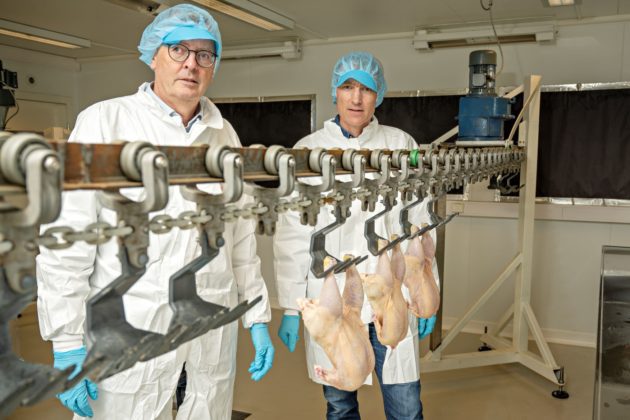New tools for increased bacterial control

New technologies that can be applied directly to food can provide increased control regarding problematic bacteria and thus ensure that food is safe and keeps well.
Unwanted bacteria that manage to survive or grow in foods can make us seriously ill and reduce the shelf life and quality of products. The challenges do not diminish as the demand for mildly processed products increases.
Listeria is the biggest challenge
The biggest challenge is often Listeria monocytogenes that can be found in raw foodstuffs and on production equipment and can grow in many products, even during cold storage. It is difficult to control and can cause serious foodborne infections.
“We have been working for a number of years investigating how technologies can be used to help food producers gain increased control over unwanted microorganisms in their foods. The challenge is to find technologies that provide effective control of problematic bacteria and give products with optimal quality, and that are also acceptable to the industry and consumers”, says Even Heir, senior scientist at Nofima.
Salts of organic acids provide promising results
Salts of organic acids are natural compounds with antibacterial effect. These include so-called fermentates that are ‘clean label’. Clean label is important for both industry and consumers.
Recent results show that such fermentates can be used to inhibit growth of spoilage bacteria and thus increase the shelf life and sensory quality of fresh chicken.
Trials conducted on cold-smoked salmon show that the use of 1% fermentate is sufficient to completely inhibit the growth of Listeria throughout the entire shelf life period without adversely affecting the taste. The fermentates also inhibit Listeria when used in liquid form on raw salmon.
“We are working with a number of other bacteria-inhibiting technologies such as UV light, bacteriophages and antimicrobial enzymes. The latest technological addition is pulsating electric field that has a wide range of applications for killing microorganisms”, concludes senior scientist Askild Holck.